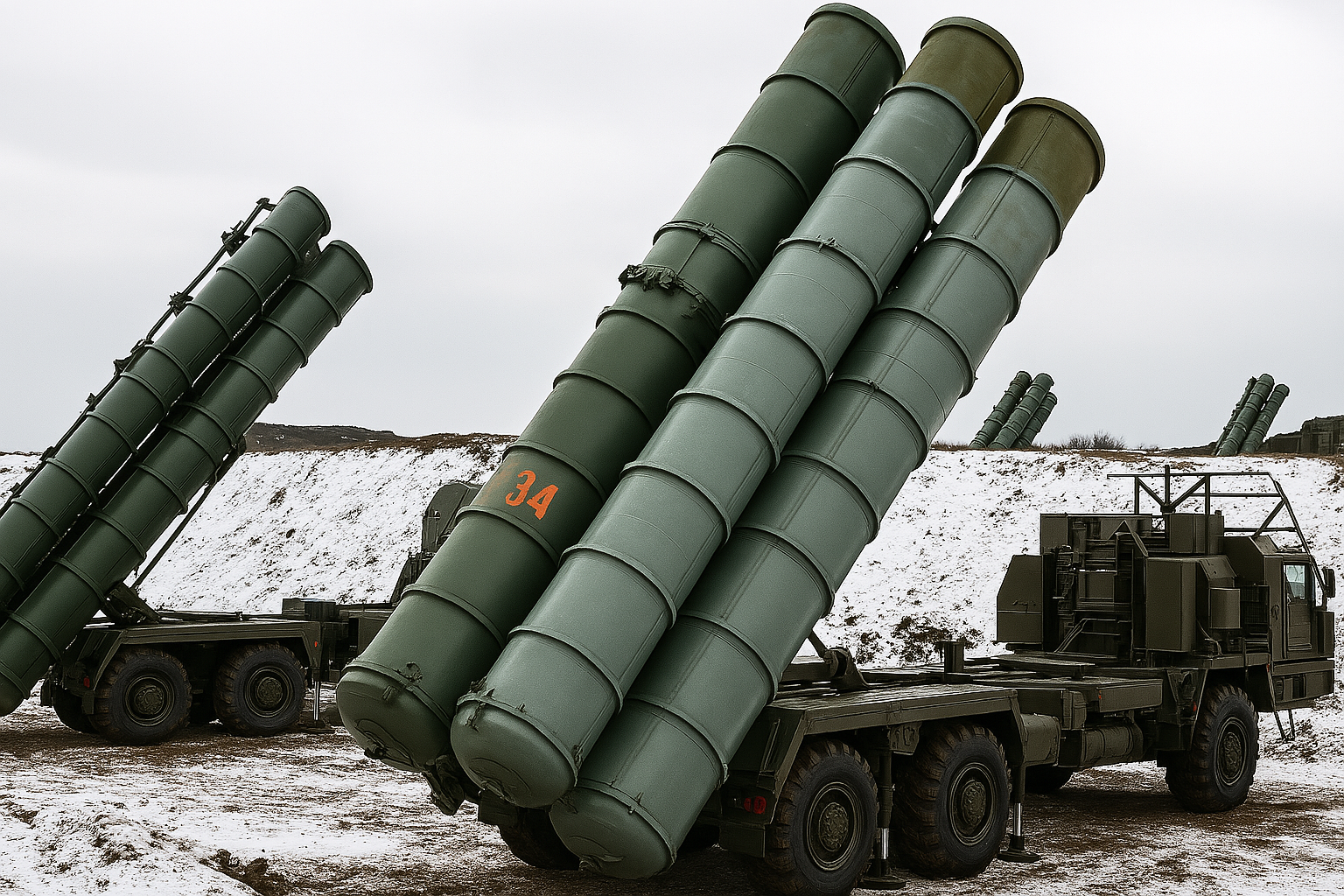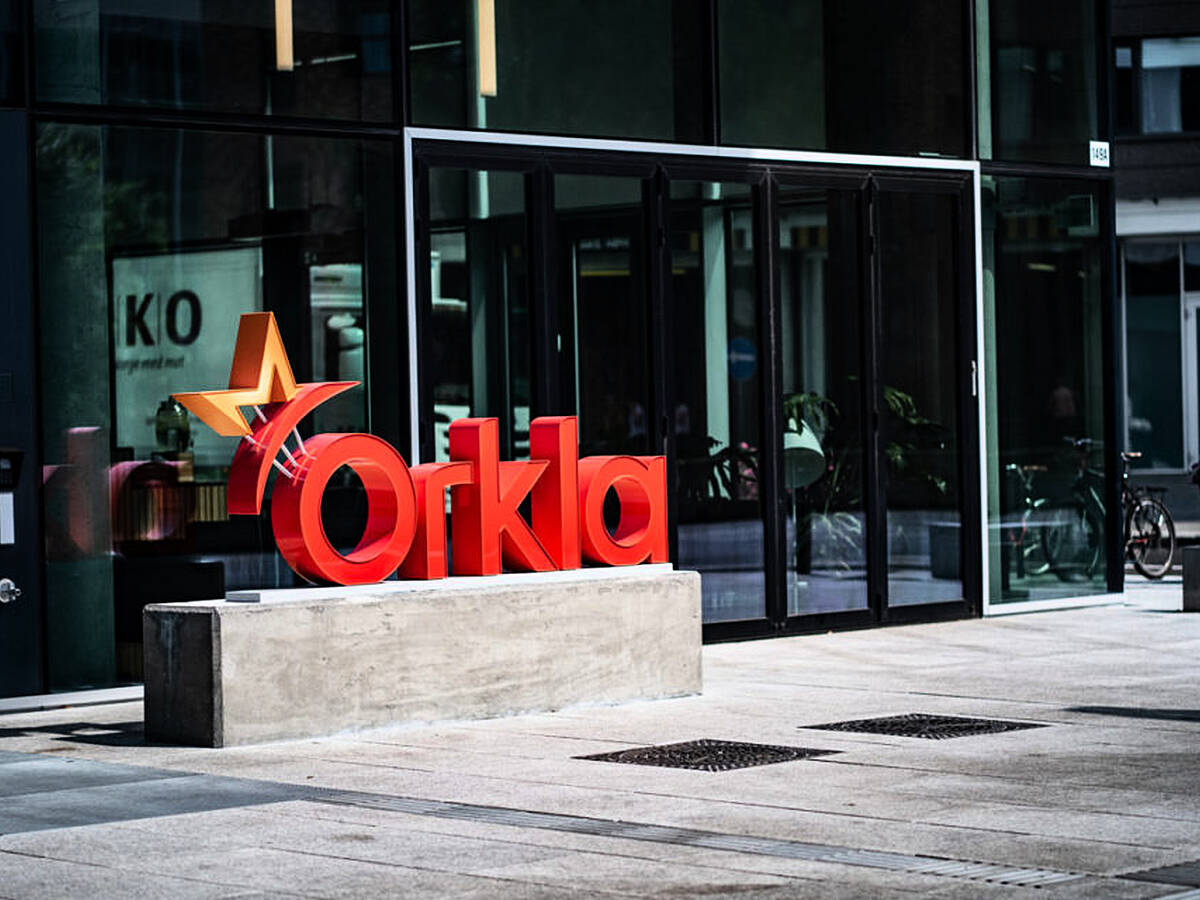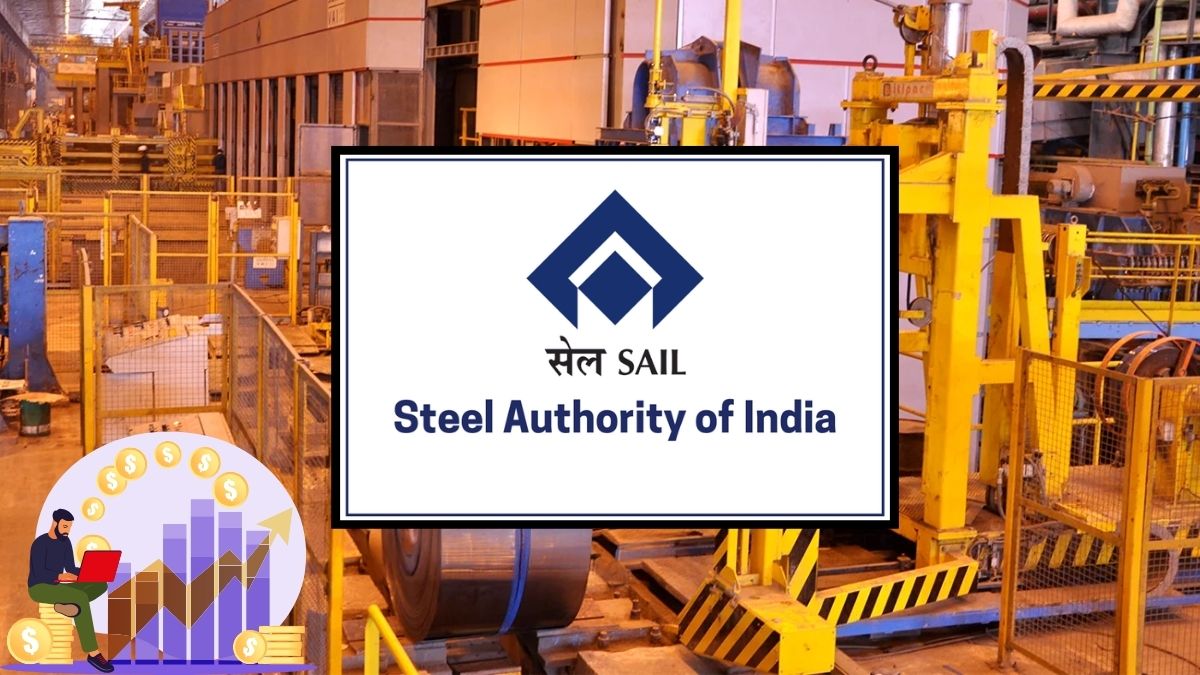In a significant move towards bolstering national defence and supporting domestic manufacturing, the Indian government has cleared capital acquisition proposals worth over one lakh crore rupees. This approval, granted by the Defence Acquisition Council, reflects the country’s growing focus on self reliance in defence manufacturing and military preparedness.

All of the approved proposals fall under the Buy Indian category, specifically the Indigenously Designed, Developed, and Manufactured classification. This means every piece of equipment sanctioned in the current round will be sourced from Indian companies. The move is expected to not only enhance India’s defence capabilities but also serve as a strong push to the local defence manufacturing ecosystem.
The acquisitions include a wide range of high priority equipment aimed at strengthening the armed forces across all dimensions. These include armoured recovery vehicles that will aid in battlefield logistics and support, state of the art electronic warfare systems to improve surveillance and communication capabilities, and surface to air missiles to enhance air defence across sensitive zones. The Defence Acquisition Council also approved a new integrated inventory management system for the three services, which is expected to improve the efficiency of supply chains and logistics management.
Another key highlight of the approval is the focus on naval safety and risk mitigation. The government has greenlit the procurement of mine countermeasure vessels, submersible autonomous vessels, and super rapid gun mounts for the Navy. These systems are designed to counter potential threats to both naval warships and commercial merchant vessels, ensuring safer seas and uninterrupted maritime activity.
The backdrop to this aggressive procurement push is India’s recent military operations and its growing readiness for modern warfare. Operation Sindoor, which demonstrated India's advanced precision strike capabilities, has been credited with influencing this new wave of capital investments in defence. The focus now lies on keeping up that momentum by equipping the armed forces with advanced tools designed and built domestically.
The statement from the Ministry of Defence reiterated the role of these procurements in enhancing mobility, operational preparedness, and defence coordination among the tri services. Each of these systems plays a critical role in ensuring that the military is not only prepared to deter threats but can also respond swiftly and effectively to evolving challenges.
Finance Minister Nirmala Sitharaman has also affirmed the government’s unwavering support for the armed forces. In a recent interview, she mentioned that over the past decade, there has never been any hesitation from the Centre to meet capital equipment demands. She highlighted that as military operations grow increasingly technology driven, budgetary support for modern tools, ammunition, and systems must continue to evolve accordingly.

Earlier this year, the Defence Acquisition Council had cleared similar proposals worth more than fifty four thousand crore rupees. That phase focused on key army requirements, including procurement of engines and weapon systems. This most recent announcement more than doubles that figure, reflecting both the urgency and ambition of India’s defence modernization efforts.
The current set of acquisitions not only fortifies India’s military capability but also fuels the government’s vision of Atmanirbhar Bharat or self reliant India. By ensuring that all procurement comes from Indian manufacturers, the government is aiming to stimulate research, job creation, and long term investment in defence innovation.
As India continues to scale its global stature and defence readiness, these strategic decisions could help pave the way for a stronger, safer, and more technologically advanced future for the armed forces.
Follow You Finance on Instagram and Facebook for more updates on government spending, defence investments, and how these large scale deals impact the economy, industries, and everyday investors.















